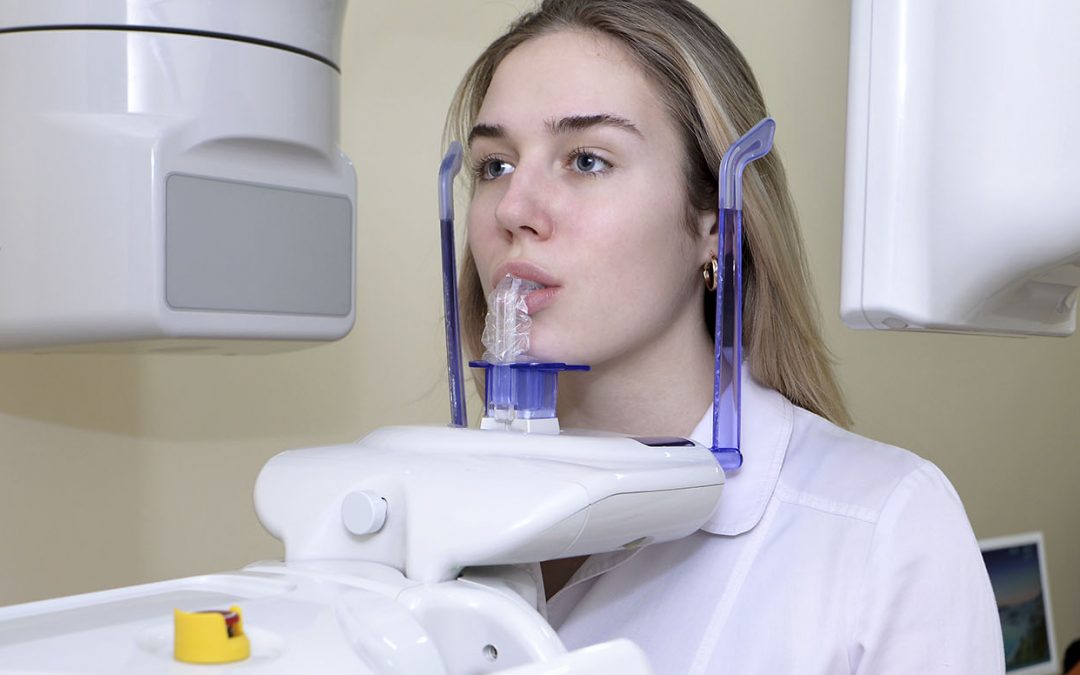ADA Specification 19 Dental Impression Material Dimensional Stability Testing
The American Dental Association (ADA) Specification 19 establishes standards for the dimensional stability of dental impression materials. This test is critical in ensuring that dental impression materials accurately capture tooth and oral structures during the fabrication of crowns, bridges, and other dental restorations. Dimensional stability ensures that these materials do not shrink or deform after curing, which could lead to inaccuracies in the final restoration.
Dimensional stability testing involves measuring the changes in size and shape of a dental impression material sample over time. The test typically follows a standardized procedure outlined in ADA Specification 19, which includes several key steps:
- Sample Preparation: Dental impression materials are molded into standard shapes (such as cylinders or cubes) using precise molds.
- Curing: Samples are cured according to the manufacturer's specifications under controlled conditions of time and temperature.
- Measuring Initial Dimensions: Before curing, the initial dimensions of each sample are recorded accurately.
- Post-Cure Measurements: After curing, samples are remeasured for any changes in dimension. The difference between the post-cure and pre-cure dimensions is calculated to determine dimensional stability.
The test aims to ensure that dental impression materials maintain their shape and size within acceptable limits after being subjected to typical clinical conditions. This ensures that the impressions taken are accurate, leading to more reliable and precise dental restorations.
For quality managers, compliance officers, R&D engineers, and procurement professionals in the medical device sector, ADA Specification 19 is a critical standard for ensuring product quality and regulatory compliance. By adhering to these specifications, manufacturers can ensure that their products meet the highest standards of accuracy and reliability in dental applications.
In addition to dimensional stability testing, it's important to consider other factors such as working time, setting time, and compressive strength, all of which are crucial for ensuring the success of dental restorations. Dimensional stability is particularly important because any changes in size or shape can affect the fit and function of dental crowns, bridges, and other prosthetics.
Why It Matters
The importance of dimensional stability in dental impression materials cannot be overstated. Accurate impressions are essential for creating dental restorations that fit snugly and comfortably in the patient's mouth. Any deviation from the original mold can lead to poor fit, which may result in discomfort or even failure of the restoration.
From a clinical perspective, ensuring accurate impressions is vital for the long-term success of dental treatments. Poor dimensional stability can lead to complications such as recurrent decay under restorations, recurrent temporomandibular joint (TMJ) pain, and other issues that could negatively impact patient health and satisfaction.
A quality manager or compliance officer in a medical device company would benefit greatly from understanding the importance of this test. By adhering to ADA Specification 19, they can ensure that their products meet strict standards set by regulatory bodies such as the Food and Drug Administration (FDA) and the European Medicines Agency (EMA).
R&D engineers play a crucial role in developing dental impression materials that meet these specifications. Through rigorous testing and continuous improvement, they can innovate new formulations that offer enhanced dimensional stability while maintaining other desirable properties like ease of use and biocompatibility.
For procurement professionals, sourcing high-quality dental impression materials from reputable suppliers who adhere to ADA Specification 19 is essential. Ensuring consistent quality across batches helps maintain the reliability of dental restorations throughout a company's production process.
Eurolab Advantages
At Eurolab, we specialize in providing comprehensive testing services for medical devices, including dental impression materials. Our expertise in ADA Specification 19 ensures that our clients receive accurate and reliable results every time. Here are some of the key advantages you can expect from working with us:
- State-of-the-Art Facilities: We operate cutting-edge laboratories equipped with the latest equipment for precise measurements and controlled curing conditions.
- Experienced Technicians: Our team consists of highly skilled professionals who are certified in performing ADA Specification 19 tests according to international standards.
- Comprehensive Reporting: In addition to dimensional stability results, we provide detailed reports that include all relevant parameters measured during the testing process. These reports can be used for internal quality control as well as external submissions to regulatory agencies.
- Custom Solutions: Whether you need routine compliance testing or one-off evaluations for new product development, our flexible approach allows us to tailor our services to your specific needs.
- Compliance Support: Our team can guide you through the entire process of ensuring your dental impression materials meet ADA Specification 19 requirements. This includes assistance with selecting appropriate test methods and interpreting results.
The combination of advanced facilities, experienced personnel, and comprehensive support makes Eurolab an ideal partner for any company looking to ensure the highest standards in dental device testing.
International Acceptance and Recognition
- Food and Drug Administration (FDA): The FDA recognizes ADA Specification 19 as a key standard for ensuring the safety and effectiveness of dental impression materials. Compliance with this specification is often required for product approval.
- European Medicines Agency (EMA): Similarly, the EMA considers compliance with ADA Specification 19 essential when evaluating medical devices intended for use in Europe.
- ISO Standards: While not specifically a part of ADA Specification 19, ISO standards such as ISO 4049:2020 and ISO/DIS 8647 provide additional guidance on the testing methods used to ensure dimensional stability. These international standards are widely accepted across different regions.
- Other Regulatory Bodies: Many other regulatory bodies around the world also require adherence to ADA Specification 19 when evaluating dental impression materials for market entry.
The widespread acceptance of ADA Specification 19 ensures that testing conducted at Eurolab is not only relevant locally but also meets global standards. This global recognition enhances your product's appeal and facilitates smoother international trade.





